Internes Can’t Take Money (1937)
By Toronto Film Society on July 1, 2020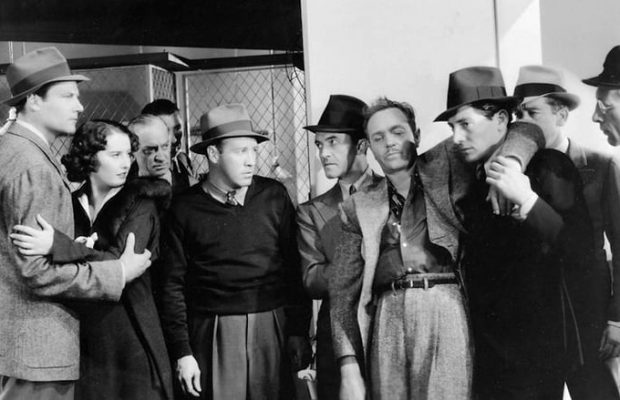
Toronto Film Society presented Internes Can’t Take Money (1937) on Sunday, March 1, 1987 in a double bill with Titanic as part of the Season 39 Sunday Afternoon Film Buffs Series “A”, Programme 8.
Production Company: Paramount. Producer: Benjamin Glazer. Director: Alfred Santell. Screenplay: Rian James and Theodor Reeves, based on a story by Max Brand. Art Directors: Hans Dreier and Roland Anderson. Costumes: Travis Banton. Music: Gregory Stone. Music Director: Boris Morros. Camera: Theodor Sparkuhl. Editor: Doane Harrison.
Cast: Barbara Stanwyck (Janet Haley), Joel McCrea (Dr. Jimmy Kildare), Lloyd Nolan (Hanlon), Stanley Ridges (Innis), Lee Bowman (Interne Weeks), Barry Macollum (Stooley Martin), Irving Bacon (Jeff), Steve Gaylord Pendleton (Interne Jones), Pierre Watkin (Dr. Pearson), Charles Lane (Grate), James Bush (Haines), Nick Lukats (Interne), Frank Bruno (Eddie), Fay Holden (Sister Superior), Anthony Mace (Dr. Riley), Ellen Drew (Bit), Lillian Harmer (Mrs. Mooney), May Carison (Ora), Jean Peterson (Frances), Pat Church (Chloe), Yvonne Dunkerley, Donna Staley (Girls), Priscilla Lawson (Nurse).
Internes Can’t Take Money is, basically, the story of young Dr. Jimmy Kildare who patches up gangster Hanlon in a bar, using bar tools as medical instruments. He turns down the proferred $1,000 because “internes can’t take money”. When Janet Haley, a Kildare patient, has trouble getting her child back, whom her late bank-robber husband hid away, Dr. Kildare solicits aid from his gangland friends, and everything works out in the end.
The New York Sun reviewer mentions that “the story isn’t much, but Lloyd Nolan’s portrait of a tough but chivalrous gangster is. Barbara Stanwyck plays Janet with her characteristic stolidity and honesty”. From Variety: “Lloyd Nolan gives another of those highly individual characterizations of his as Hanlon, and Stanley Ridges writes into the character of Innis an evil caprice that must have surprised even the script writers. Miss Stanwyck’s work is pleasantly subdued. Joel McCrea, as far as this reviewer is concerned, can do no wrong”.
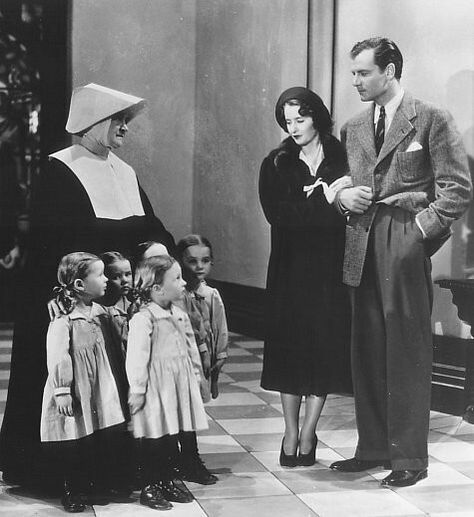
In the book Starring Miss Barbara Stanwyck, the author states that the director Santell’s approach was a deliberate blending of silent and talking techniques held together by mood, intensity and sincerity which produced a great deal of suspense. Realizing what Stanwyck could give him, Sasntell arranged shots that would utilize it to the fullest. There is, for instance, a scene where she stands on the stairs of a decrepit rooming house and talks with another character standing above her. The setting is stark and Stanwyck wears a hat with a brim that dips over one eye. With a setup like this, and her annoyance at the character with whom she is dealing, Santell had only to shoot down on her looking up at the man from under that hat. The result could burn out the frame!
Director Santell stated: “Barbara is an artiste and needs little direction once she is told you how ‘see’ the scene played. You merely block in the movements and run through a rough rehearsal. From that you make corrections, until the scene is tight and shoots well… then shoot it!” There were few retakes… Barbara knew the whole script and had even memorized all the other parts. Occasionally, in rehearsal, she would toss a floundering actor his next line. Stanwyck explains: “I’ve always had to learn the entire script before I started. That goes for pictures or television. And that’s the stage training. I must learn the whole thing exactly as I would a stage play. Then I don’t care where the director goes, because I know everything and am adjustable for him”.
The Paramount Story Book claimed that a hit was scored with Internes, but it was like picking up a nugget and leaving the gold unmined. Why? Because its hero was Dr. Kildare, and a year later MGM started making millions of dollars with the character in a long series of features and an even longer one on television from which profits gushed even into the seventies. (Lew Ayres played Kildare for MGM, while Richard Chamberlain played him on television). It is strange that Paramount did not see the possibilities in the character that MGM obviously did.
Aside from being the first Dr. Kildare film, Internes was also the first film made at Paramount by Barbara Stanwyck; and there would be 15 more to follow between 1937 and 1964. This is the third of six films teaming Stanwyck and McCrea, the others being Gambling Lady (1934), Banjo on My Knee (1936), Union Pacific (1939), The Great Man’s Lady (1942) and Trooper Hook (1957).
Notes by Les McIntosh
You may also like...
-
News

Frances Blau
Toronto Film Society | February 27, 2024On Monday, February 26th, 2024, Toronto Film Society lost longtime friend, supporter, and board member Frances Blau. Known for her sense of humour, her love of film, her generosity,...
-
Special Events

Monday Evening Film Noir Double Bill at the Paradise Theatre
Toronto Film Society | July 8, 2024The Toronto Film Society presents a film-noir double feature at one low price! The Window (1949) in a double bill with Black Angel (1946) at the Paradise Theatre on Monday, August...
Programming

Virtual Saturday Night at the Movies
Toronto Film Society | July 20, 2024Toronto Film Society is back in the theatre! However, we’re still pleased to continue to bring you films straight to your home! Beginning Season 73 until now we have...
4-
 Toronto Film Society | July 8, 2024
Toronto Film Society | July 8, 2024
Monday Evening Film Noir Double Bill at the Paradise Theatre
-
 Toronto Film Society | November 6, 2022
Toronto Film Society | November 6, 2022
-
 Toronto Film Society | August 1, 2023
Toronto Film Society | August 1, 2023
Donate to Toronto Film Society – We’re now a Registered Charity!
-
Copyright © 2017 Toronto Film Society.

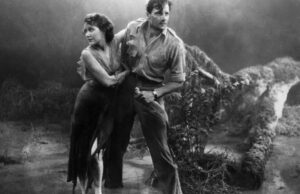
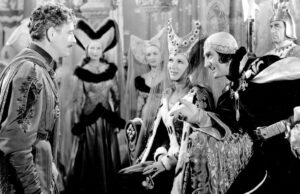
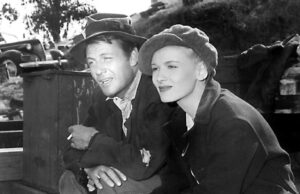
Leave a Reply